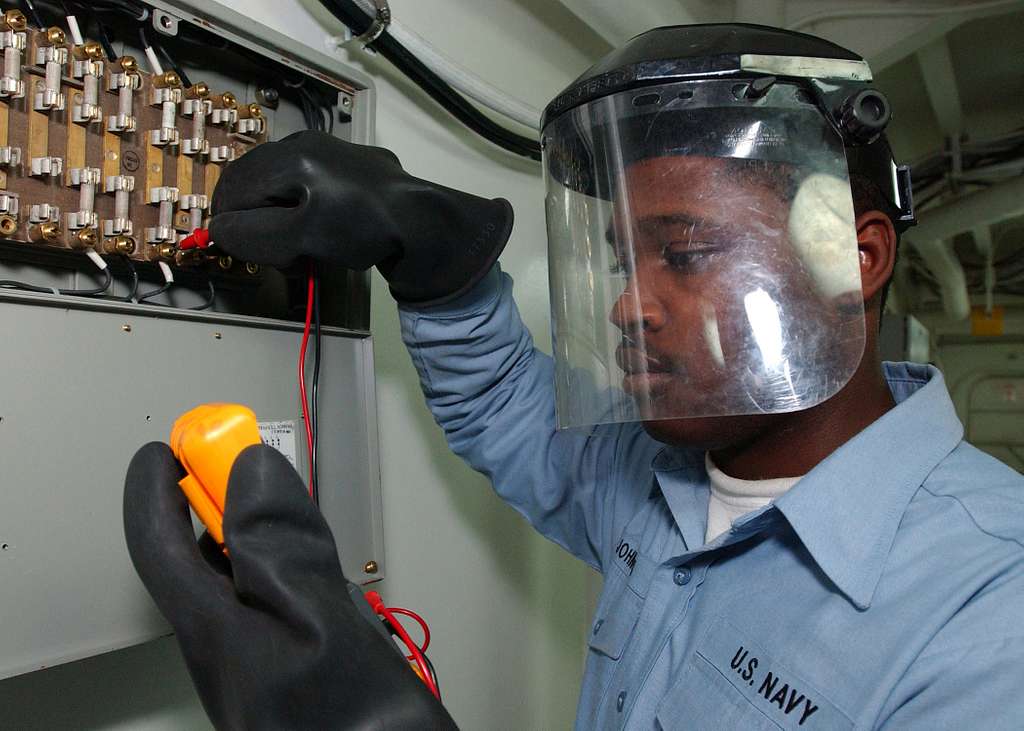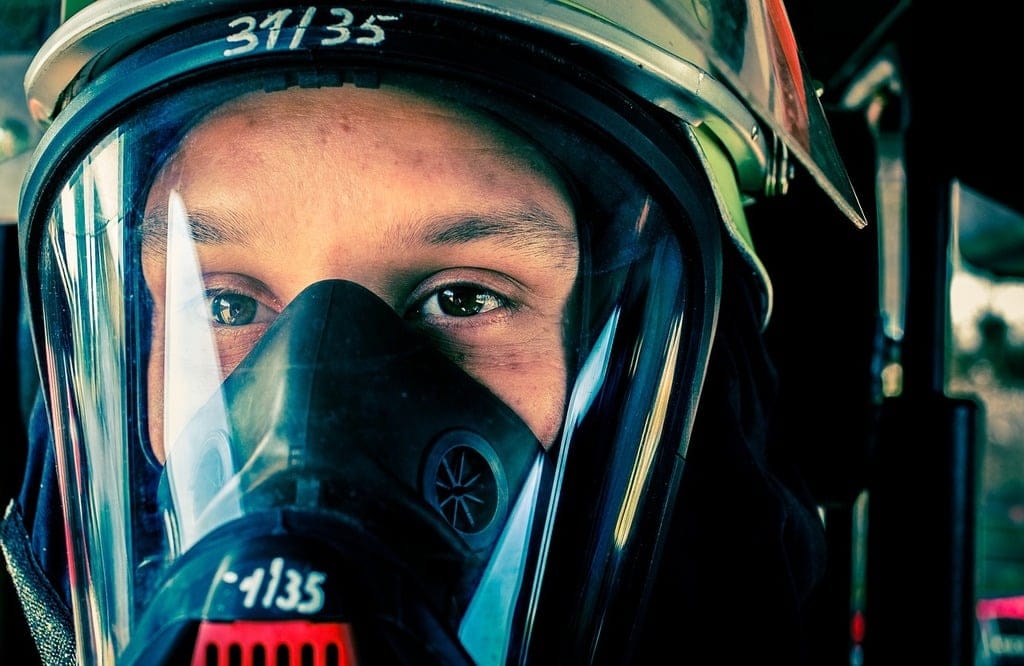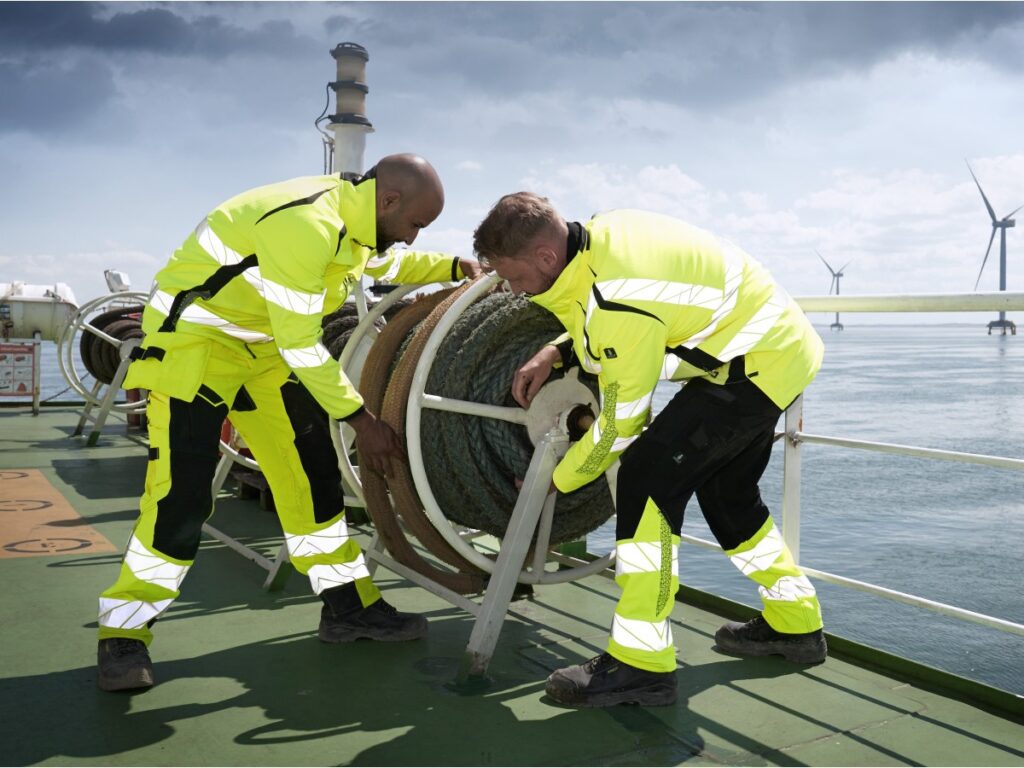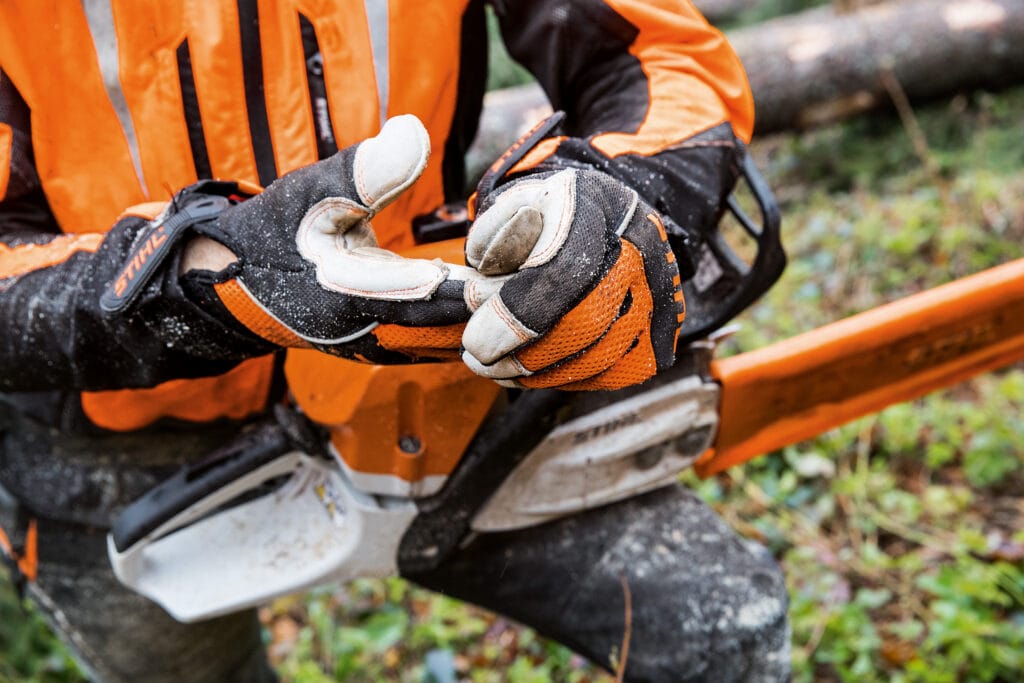
Arc flash incidents are some of the most severe and sudden hazards in electrical work. They happen in a split second—but the damage they leave behind can last a lifetime. Whether you’re managing a maintenance team in a factory, or overseeing substation operations in the utility sector, having the right arc flash PPE can mean the difference between a safe shift and a critical injury.
Arc flash PPE is not just about compliance—it’s about real-world protection, designed for the most unpredictable and dangerous electrical environments.
Let’s break down what you need to know to select, use, and maintain arc flash PPE correctly and confidently.
What Is Arc Flash PPE and Why Is It Necessary?
An arc flash is an explosive release of electrical energy caused by a fault in a high-voltage system—often from short circuits, equipment failure, or accidental contact with live components. This event can unleash a burst of energy strong enough to ignite clothing, melt metal, rupture eardrums, and cause fatal burns in under a second.
Arc flash PPE exists to shield the worker from:
- Intense radiant heat
- Flying molten metal or parts
- Loud pressure shockwaves (often over 140 dB)
- Blinding light and ultraviolet radiation
- Electric shock (if contact occurs)
According to NFPA and OSHA, arc flash-related injuries account for more than 30,000 incidents per year in North America. And yet, many could be prevented with appropriate PPE and hazard awareness.
“We had a minor arc flash event last year. No one got hurt, but only because the worker was fully suited up. Without that PPE, it would’ve been a medical emergency.” — Safety Manager, manufacturing facility in Ontario
Essential Arc Flash PPE Components
Arc flash protection relies on multiple layers of gear working together as a system—not just a suit, but a full-body approach.
Here’s what a complete arc flash kit typically includes:
| Component | Description |
|---|---|
| Arc-Rated Shirt & Pants / Coveralls | Made from flame-resistant fabrics with an ATPV rating; base layer of protection |
| Arc Flash Hood or Balaclava + Face Shield | Full facial and neck protection against radiant heat and molten spray |
| Voltage-Rated Rubber Gloves + Leather Protectors | Insulate hands from electric current and impact damage |
| Hearing Protection (earplugs/muffs) | Protects against blast shockwaves (sometimes louder than a jet engine) |
| EH-Rated Safety Boots | Prevent conduction from ground-to-body and protect against dropped tools |
| Optional: Arc-rated outer coats or switching jackets | For extreme environments or cold-weather outdoor work |
Buyers should check for complete PPE kits from trusted suppliers—not just garments, but certified, compatible accessories.
Understanding Arc Ratings: ATPV and EBT Explained
When comparing arc flash gear, two technical terms matter most: ATPV and EBT. These values tell you how much energy the gear can withstand before failure.
-
ATPV (Arc Thermal Performance Value):
Measured in cal/cm², it shows how much heat the material can absorb before causing second-degree burns. Higher ATPV = higher protection. -
EBT (Energy Breakopen Threshold):
Indicates the energy level at which the fabric physically breaks open, exposing the skin.
Some garments list both ATPV and EBT. Whichever number is lower becomes the effective arc rating.
For example:
- 8 cal/cm² gear = suitable for Category 2 tasks
- 40 cal/cm² gear = needed for Category 4 high-voltage work
Minimum recommended protection starts at 4 cal/cm². Anything below this is not acceptable for arc-rated work zones.
✅ Pro tip: Always cross-reference the hazard analysis data from your facility with the PPE label’s arc rating. Don’t guess—verify.
NFPA 70E and OSHA Compliance for Arc Flash PPE
PPE selection isn’t just a best practice—it’s required by law. Employers and safety managers must follow national safety standards when outfitting workers for electrical work.
Relevant standards include:
- NFPA 70E: Defines safe work practices, PPE categories, and arc flash boundary calculations
- OSHA 1910 Subpart S: Requires proper PPE and electrical hazard assessments
- ASTM F1506: Specifies fabric performance for arc flash-resistant garments
- CSA Z462 (Canada): Equivalent to NFPA 70E, widely used in Canadian industrial safety programs
Legal responsibilities include:
- Providing PPE that matches the task-specific energy level
- Ensuring workers are trained in hazard identification and PPE use
- Maintaining and replacing PPE as required
- Documenting compliance and regular hazard analysis
Neglecting these can result in citations, injury claims, and shutdowns. But most importantly—it puts workers at risk.
Selecting the Right PPE Based on Risk Category
Every job is different. That’s why PPE isn’t “one size fits all.” Arc flash PPE selection must be based on either:
- Incident Energy Analysis (cal/cm²) OR
- PPE Category (CAT 1 to CAT 4)
| PPE Category | Minimum Arc Rating | Typical Work Examples |
|---|---|---|
| CAT 1 | 4 cal/cm² | General panel inspections, basic circuit testing |
| CAT 2 | 8 cal/cm² | Operating switchgear under 600V, motor control |
| CAT 3 | 25 cal/cm² | Maintenance on 600–1000V equipment |
| CAT 4 | 40 cal/cm² | High-voltage gear, switchyard access, utility substations |
If your facility hasn’t conducted an arc flash hazard analysis, it’s time to do so. It’s the foundation for choosing the correct level of protection.
And remember: more PPE isn’t always better. Overprotecting in low-risk environments can cause heat stress or reduce mobility.
Inspection, Maintenance, and Replacement Guidelines
Arc flash suits don’t last forever. Over time, washing, UV exposure, abrasion, and field use can weaken the fabric—and if damaged, even a high-rated suit won’t perform in a real incident.
What to inspect:
- Visible damage: rips, burns, thinning fabric
- Broken seams, missing tags, faded labels
- Cracked or foggy face shields
- Electrical gloves: date stamps & voltage test certification
How to maintain PPE:
- Wash in cold or warm water using mild detergent
- Never use bleach, softeners, or high-heat drying
- Store in a cool, dry place—away from sunlight, moisture, or chemical fumes
- Label and rotate PPE for shared equipment to track usage and inspections
When to replace PPE:
- After an arc flash event, even if no visible damage is present
- If garment has reached manufacturer’s end-of-life guidelines
- If inspection reveals defects or contamination
✅ Pro tip: Some companies use QR code tagging to track PPE inspection records—great for managing large teams.
Final Thoughts
Arc flash PPE is not a box-ticking exercise—it’s a line of defense between your workers and catastrophic injury. As a safety buyer, procurement officer, or plant manager, your role is to ensure every technician stepping into a live zone is protected by the right gear, for the right task, every single time.
From hoods and gloves to suits and boots, every piece must be:
- Arc-rated
- Properly maintained
- Matched to the task’s energy level
- Backed by a reliable supplier who understands the standards
And if you need help finding arc flash suits that are certified, comfortable, and field-ready—I’ve got your back.
📩 Email me directly at: [email protected]
🌐 Visit: www.workwearsolutions.net
Zion Zhang
Recent Posts
 PPE Distributor Success Stories: From Small Orders to Large Contracts2025年8月20日I’ll never forget the story of a small distributor in […]
PPE Distributor Success Stories: From Small Orders to Large Contracts2025年8月20日I’ll never forget the story of a small distributor in […] How to Build a Strong PPE Sales Channel in Emerging Markets: A Buyer’s Guide2025年8月20日I was in a meeting with a distributor from Lagos, Nigeria, […]
How to Build a Strong PPE Sales Channel in Emerging Markets: A Buyer’s Guide2025年8月20日I was in a meeting with a distributor from Lagos, Nigeria, […] PPE Supplier Risk Management: How to Avoid Supply Chain Failures2025年8月20日One of the most valuable lessons I’ve learned in the PPE […]
PPE Supplier Risk Management: How to Avoid Supply Chain Failures2025年8月20日One of the most valuable lessons I’ve learned in the PPE […] PPE Quality Inspection: Buyer Case Studies2025年8月20日When you’re sourcing PPE from international suppliers, […]
PPE Quality Inspection: Buyer Case Studies2025年8月20日When you’re sourcing PPE from international suppliers, […] PPE Negotiation Tactics for Emerging Markets: A Buyer’s Guide2025年8月20日When I first started working in the PPE industry, I learned […]
PPE Negotiation Tactics for Emerging Markets: A Buyer’s Guide2025年8月20日When I first started working in the PPE industry, I learned […] Customizing Workwear & PPE for Local Markets: A Practical Guide2025年8月20日When I first started working in the PPE industry, I saw a […]
Customizing Workwear & PPE for Local Markets: A Practical Guide2025年8月20日When I first started working in the PPE industry, I saw a […]
CONTACT US
- Feel free to contact us any time. We will get back to you as soon as we can!
- +86-17330061805
